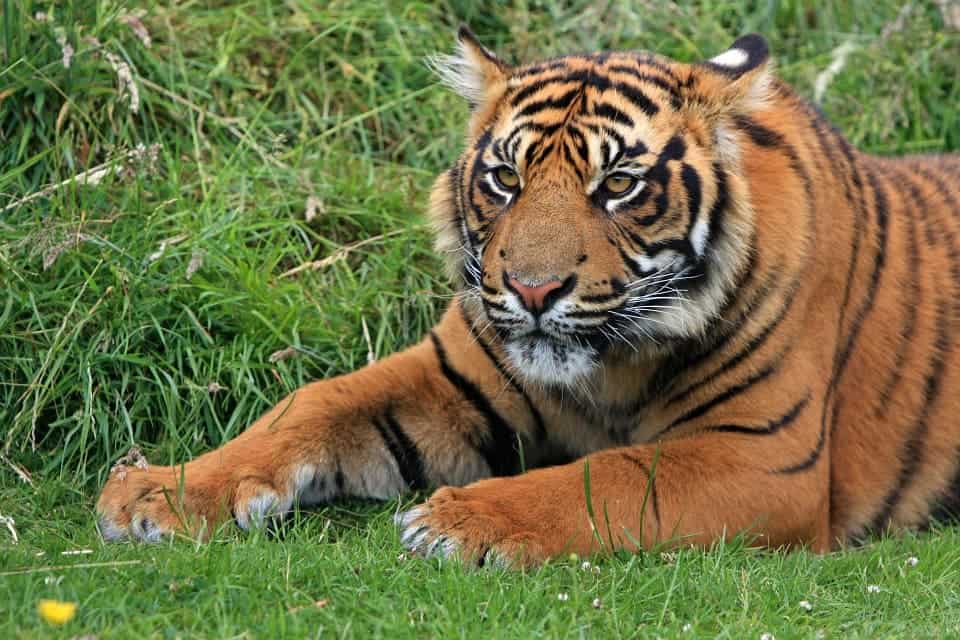For the first time in over one hundred years worldwide tiger numbers have increased, but there are still only 3,900 specimens in the wild.

To most people, the fact that the world’s most majestic felines are drawing close to extinction would come as a shock, but conservationists have been trying to make this point for decades. We have slowly been driving tigers extinct since the early 1900s, but there may still be hope. In 2010, there were ‘as few as 3,200’ tigers, but their numbers have grown up to almost 3,900. The figure comes from IUCN data and the latest national tiger surveys.
“For the first time after decades of constant decline, tiger numbers are on the rise. This offers us great hope and shows that we can save species and their habitats when governments, local communities and conservationists work together,” said Marco Lambertini, Director General of WWF International.

The rise in numbers is likely owed to improved surveys and enhanced protection programs, especially in countries such as India, Russia, Nepal and Bhutan. The announcement comes right before what promises to be a crucial meeting, the Ministerial Conference on Tiger Conservation.
“This is a critical meeting taking place at the halfway point in the Tx2 goal,” said Dr Rajesh Gopal, Secretary General, Global Tiger Forum. “Tiger governments will decide the next steps towards achieving this goal and ensuring wild tigers have a place in Asia’s future.”
However, because this figure is largely based on national surveys, it may not reflect the actual situation, as countries may be overestimating their tiger populations.
India currently hosts more than half of all the world’s wild tigers, an estimated 2,226. Russia comes in at second with 433, followed by Indonesia (371) and Malaysia (250). At the start of the 20th century, there were over 100,000 tigers in the wild, which means that 97% of the population has since been wiped out. Humans were the main contributor for these loses, mostly due to habitat destruction and fragmentation, poaching and killings for usage in traditional Chinese medicine – a growing concern. There are six tiger species still living today, while three species have already been extinct: the Bali, Caspian and Javan tigers. The Convention on International Trade in Endangered Species of Wild Fauna and Flora (CITES) has played a crucial role in improving international efforts for tiger conservation, but the future of this iconic species still remains in question.
“The global decline has been halted but there is still no safe place for tigers. Southeast Asia, in particular, is at imminent risk of losing its tigers if these governments do not take action immediately,” warned Michael Baltzer, lead of the WWF’s initiative to double the global wild tiger population.






